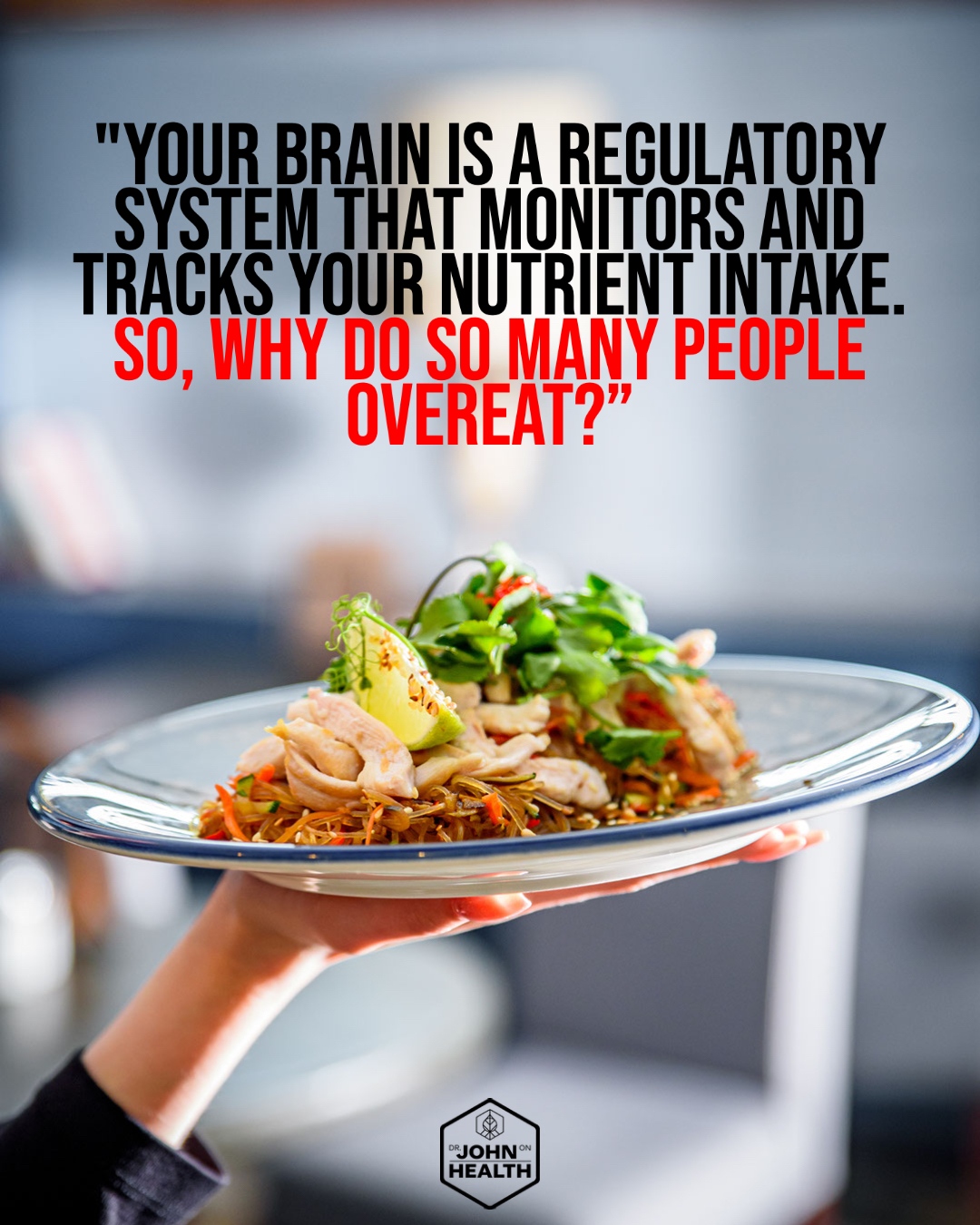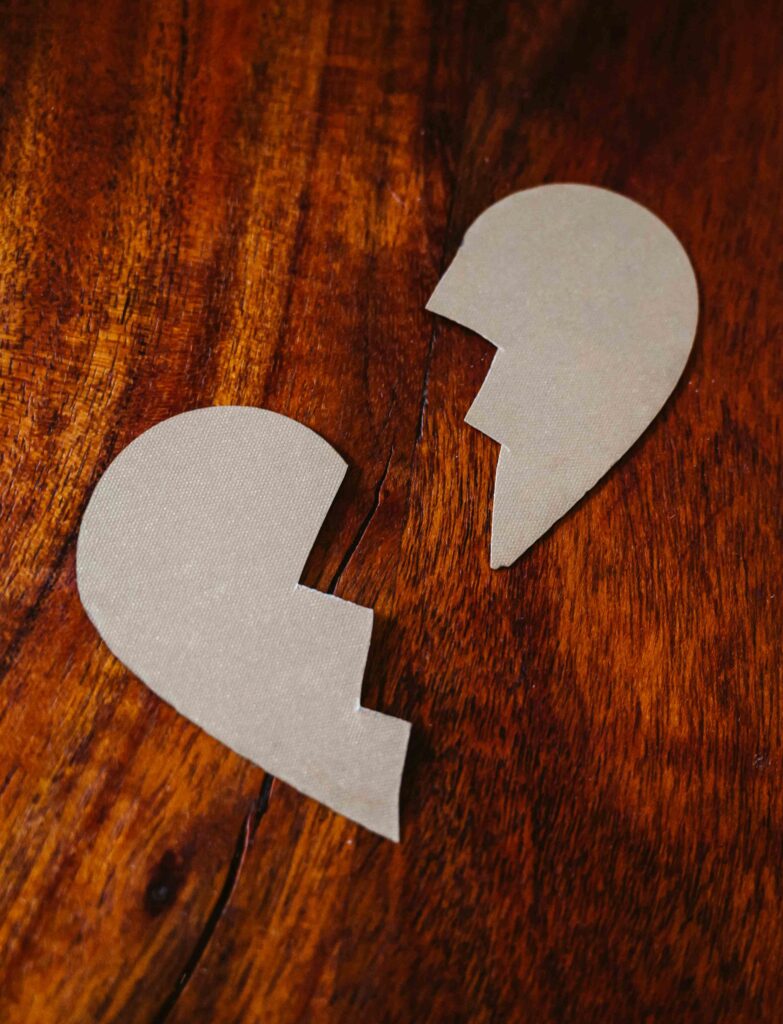To maintain health, humans must have a constant supply of nutrients to feed the cells in the body. Maintaining a steady but dynamic state requires that we acquire sufficient varied nutrients regularly from the foods we consume. Nutrients are absorbed in the form of molecules and ions into the bloodstream, where cells absorb them and utilize them to perform their functions. This process requires the use of energy, just like what happens in a factory that manufactures goods.
It is this use of energy that produced the rationale for creating the measurement we now call calories. The advice you so commonly get on how much you should eat a day, given in terms of a calorie count, is based on an estimate of how much energy your cells need to justify the amount of food you eat. Women are usually said to need 2000 calories, while men need 2500.
The problem is, we are not naturally capable of counting calories, are we? There is no mechanism in the mouth to determine the caloric density of any food. Secondly, the digestion and absorption of energy-containing foods can take hours to complete, so while we are eating, we are unable to assess if we should eat more based on how many calories we have already consumed.
So how do you assess how much to eat?
The government has tried to step in and help consumers determine how much to eat. Visual aids such as the food pyramid and the food plate have been introduced and promoted as easy ways to remember to eat a variety of foods. Foods have been divided into groups such as carbohydrates, fat, proteins, vitamins, and minerals. People are told to eat three servings of X, two of Y, and so on. Most people, however, do not remember such advice, just as they don’t recall how many calories per day the average man or woman should eat.
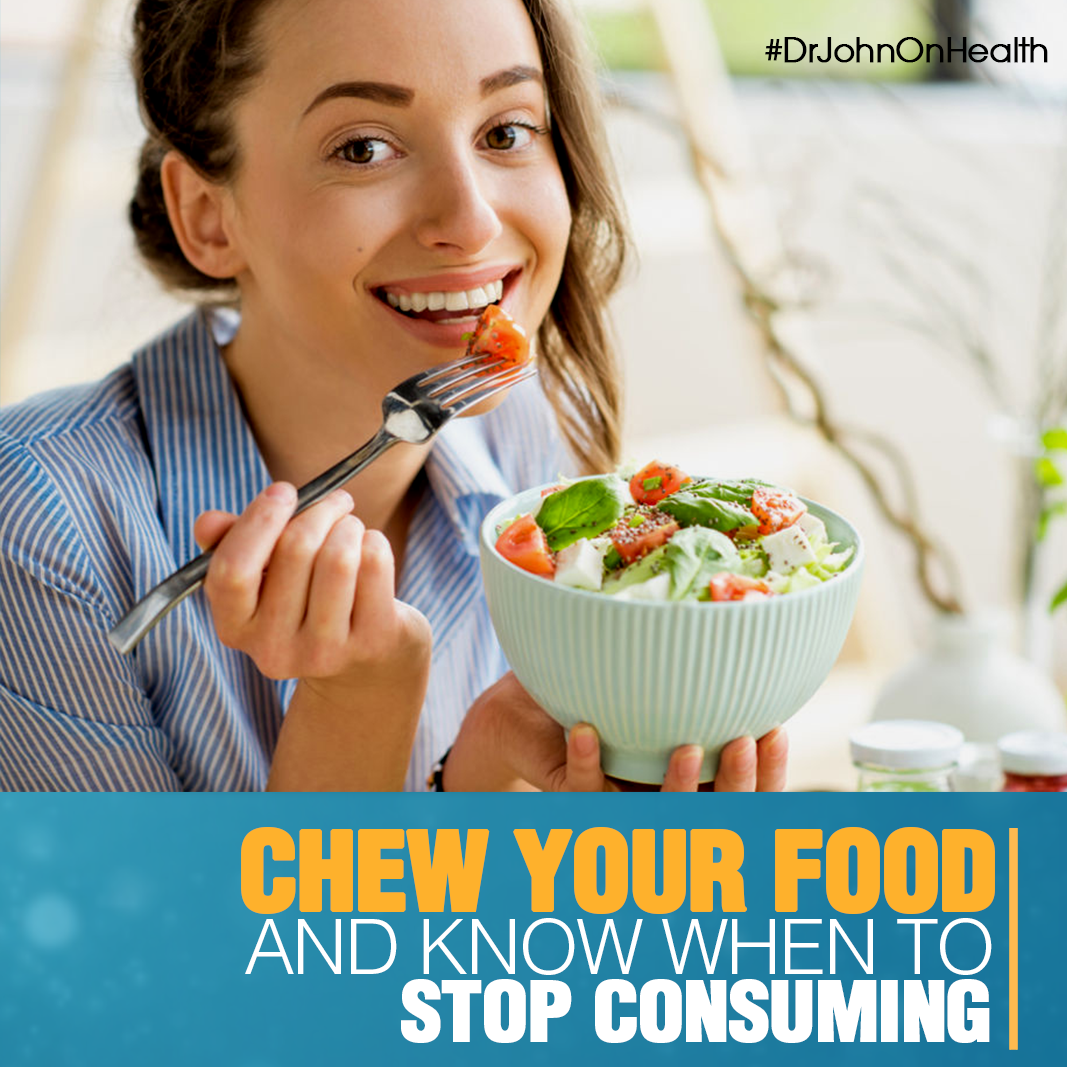
I have a recommendation that is far better than trying to count calories or determine your portion sizes. The only true way you can learn how much to eat is to relearn how you ate as a child. If you recall, children eat what they want, when they want, and only as much of it as they feel needed for nourishment. They eat slowly and as a result, it gives their brain enough time to register what they eat to generate a sense of satisfaction. No matter how much you pressure a child to eat more of what’s on their plate if the child says he or she is full, you won’t win the argument.
Studies of food consumption at various calorie levels show that infants and children maintain a relatively constant level of intake in the long term. They may compensate for reduced calorie intake during one meal by eating more during the next meal, or vice versa. Ironically, adults did not show the same natural self-regulation regarding their calorie intake, especially if they normally consume a diet high in calories.
The problem of overeating begins as we grow into adults. It starts around age 6, when we start listening to our parents about what to eat, based on our family’s traditions, ethnic background, cooking style, and food availability. Gradually, there is a disconnect between the natural hunger mechanism we had as a toddler and how much we now eat. As adolescents, we then begin eating with friends, going to fast-food restaurants, and eating based on advertising we see on TV and in print media. Once we begin working, we often eat at our desks, at irregular hours, and at parties and work or social engagements. By the time we are in our 20s and 30s, our eating patterns are seldom linked to the real sensations of hunger and satiation. We eat too many high-calorie foods and we frequently overeat.
You can relearn how to eat as a toddler
How does the brain know how you have drank enough water? The taste buds are metering what is going down, and you stop drinking when your thirst is quenched.
The same thing happens with food. When you chew your food very well, it breaks the nutrients down, which allows your taste buds and smell receptors to transmit information to your brain about what you are consuming. In response, the brain creates the sensation of enjoyment. After a sufficient amount of nutrients have been consumed, the intensity of that enjoyment goes down. When you sense that loss of enjoyment, that is the time to stop eating, thus avoiding overeating.
I am suggesting that you consciously think back to your days as a child whenever you feel hungry and are about to eat. Like a toddler, chew slowly and let your senses connect with your enjoyment of the food so the natural mechanisms of hunger and satiation can work.
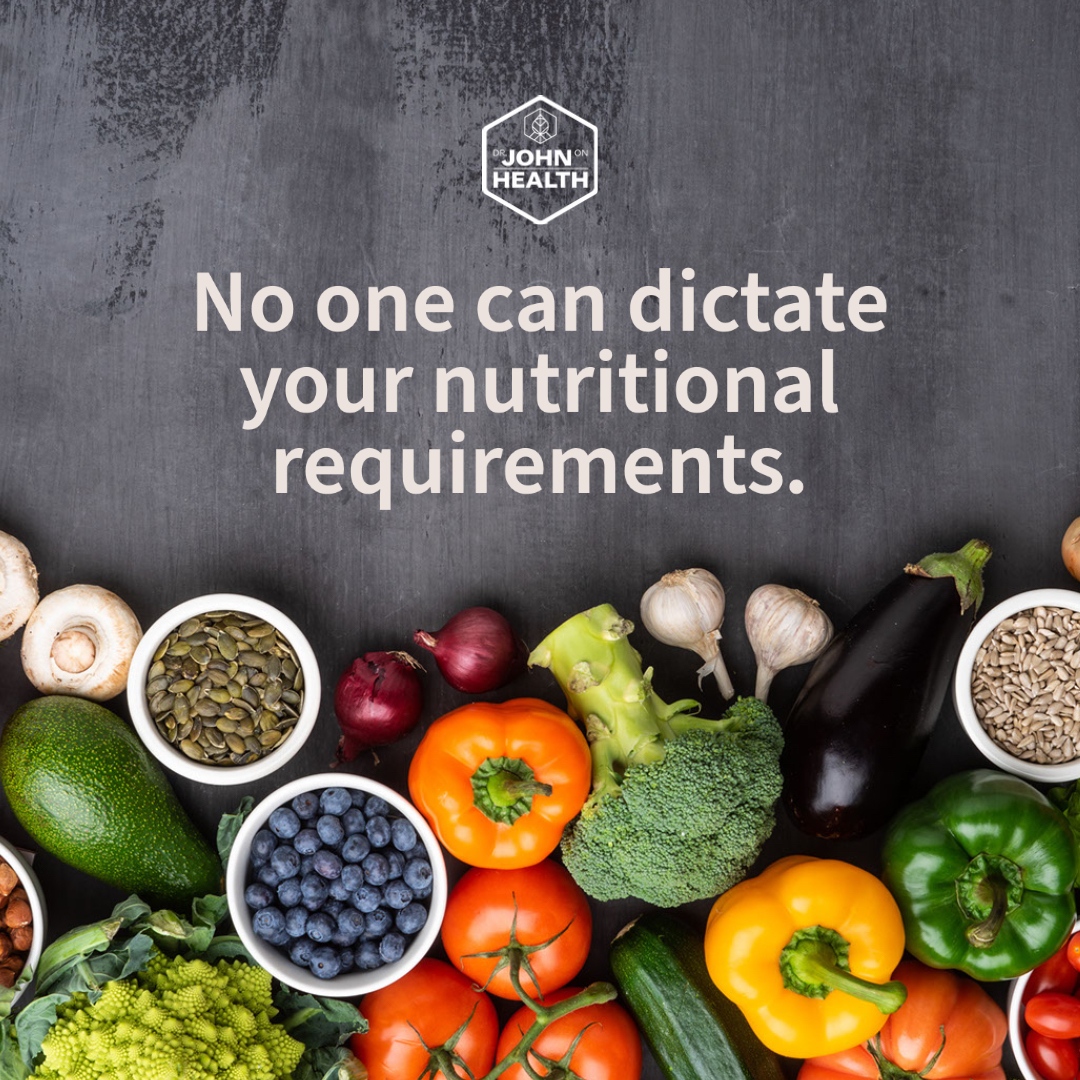
Of course, we all know that eating is also a social event. It is easy to stop paying attention to your brain’s messages when you are chatting with others at the family dinner table, watching TV, at a party, working while eating, or doing other things that detract from chewing and savoring the food in your mouth. When you catch yourself not paying attention to the enjoyment of the food, stop and catch yourself not being mindful about how you are eating. This will be a powerful reminder to pay attention to your enjoyment and the loss of it.
Eat a varied diet and enjoy what you eat!
These guidelines about eating like a child, listening to your brain’s signals about hunger, and when to stop eating will help you far more than counting calories or taking prescribed amounts of food to decide what and how much to eat.
What do calories tell you about your health? Very little. They don’t tell you about the food you are consuming, your enjoyment of it, or when to start or stop eating. You might lose weight by restricting your calorie intake, but studies show that once people lose weight by counting calories, they almost always regain it. Listen to your own body, be the CEO of your own body by listening to all the natural mechanisms you are endowed with to take the best care of yourself.
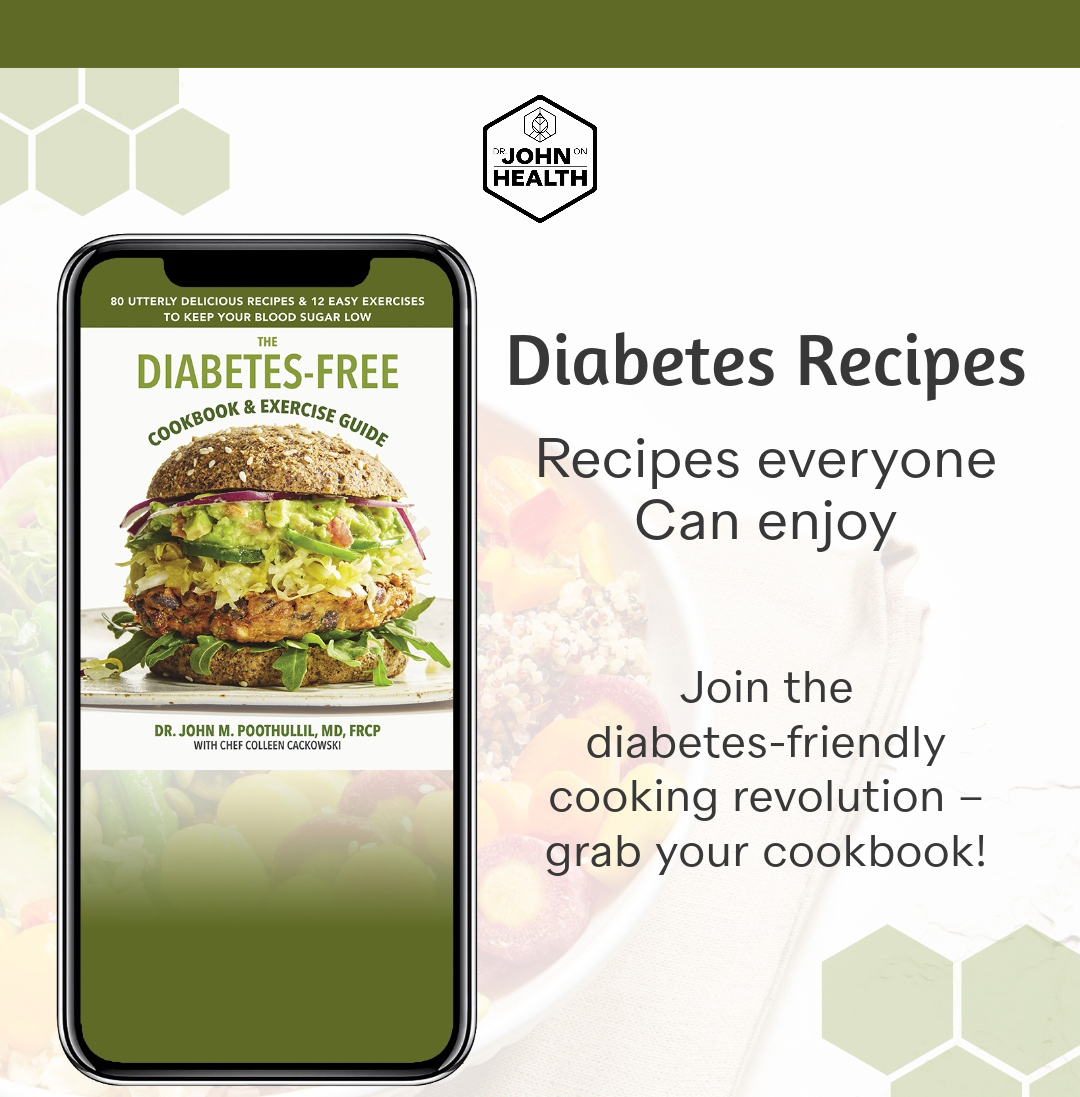
As a best-selling author and Nationally Syndicated Columnist, Dr. John Poothullil, advocates for patients struggling with the effects of adverse lifestyle conditions.
Dr. John’s books, available on Amazon, have educated and inspired readers to take charge of their health. There are many steps you can take to make changes in your health, but Dr. John also empowers us that we must demand certain changes in our healthcare system as well. His latest book, The Diabetes-Free Cookbook and Exercise Guide can help anyone take control of their health naturally with food.
Follow or contact Dr. John at drjohnonhealth.com.
John Poothullill practiced medicine as a pediatrician and allergist for more than 30 years, with 27 of those years in the state of Texas. He received his medical degree from the University of Kerala, India in 1968, after which he did two years of medical residency in Washington, DC and Phoenix, AZ and two years of fellowship, one in Milwaukee, Wisconsin and the other in Ontario, Canada. He began his practice in 1974 and retired in 2008. He holds certifications from the American Board of Pediatrics, The American Board of Allergy & Immunology, and the Canadian Board of Pediatrics.During his medical practice, John became interested in understanding the causes of and interconnections between hunger, satiation, and weight gain. His interest turned into a passion and a multi-decade personal study and research project that led him to read many medical journal articles, medical textbooks, and other scholarly works in biology, biochemistry, physiology, endocrinology, and cellular metabolic functions. This eventually guided Dr. Poothullil to investigate the theory of insulin resistance as it relates to diabetes. Recognizing that this theory was illogical, he spent a few years rethinking the biology behind high blood sugar and finally developed the fatty acid burn switch as the real cause of diabetes.Dr. Poothullil has written articles on hunger and satiation, weight loss, diabetes, and the senses of taste and smell. His articles have been published in medical journals such as Physiology and Behavior, Neuroscience and Biobehavioral Reviews, Journal of Women’s Health, Journal of Applied Research, Nutrition, and Nutritional Neuroscience. His work has been quoted in Woman’s Day, Fitness, Red Book and Woman’s World.Dr. Poothullil resides in Portland, OR and is available for phone and live interviews.
To learn more buy the books at: amazon.com/author/drjohnpoothullil
Visit drjohnonhealth.com to learn more. You can also contact him at john@drhohnonhealth.com.
Or follow us on:
Instagram: instagram.com/DrJohnOnHealth
Facebook: facebook.com/JohnOnHealth /
Twitter: twitter.com/DrJohnonHealth
Youtube : @DrJohnPoothullil
Check out more lifestyle stories here.

